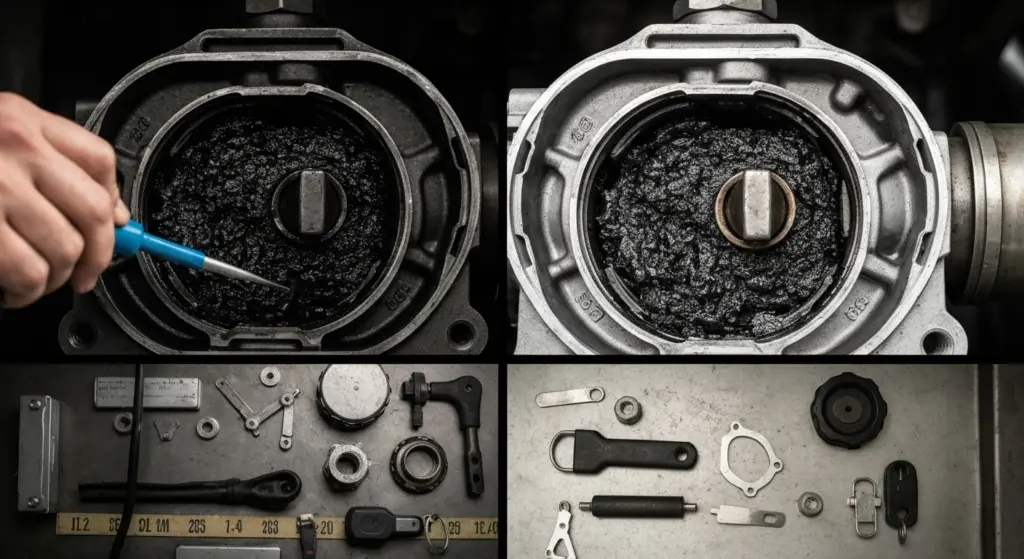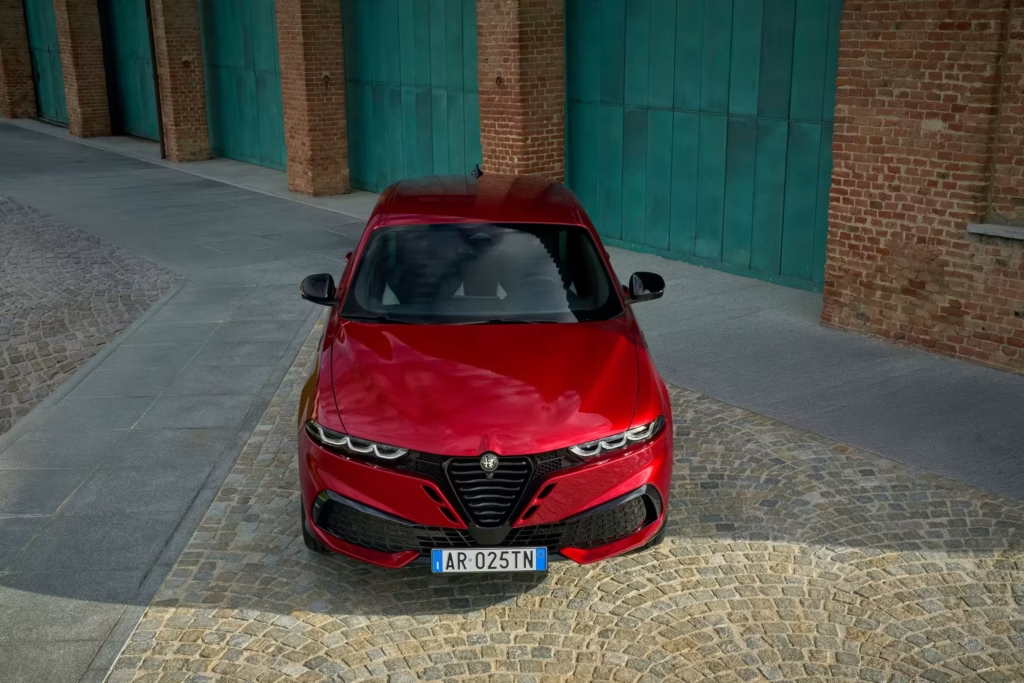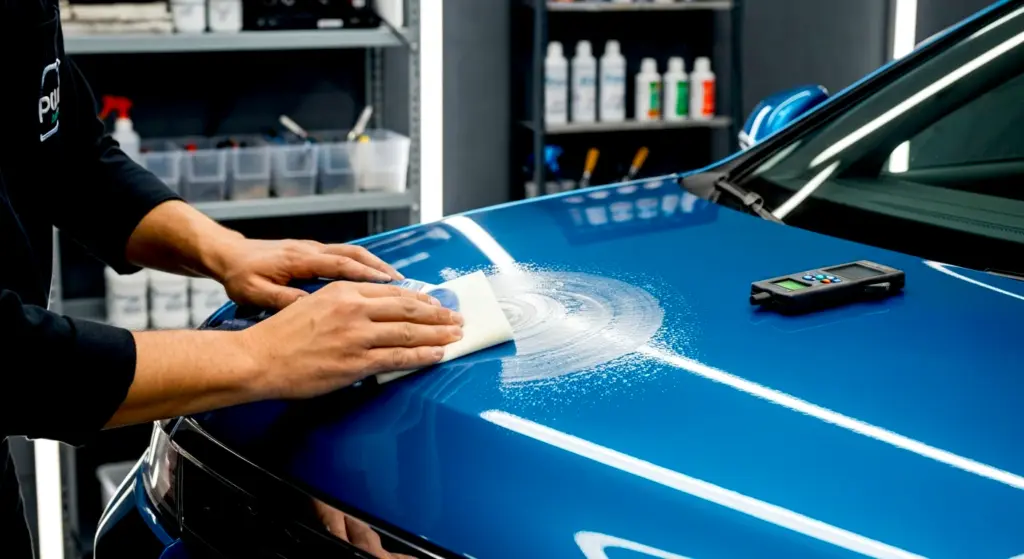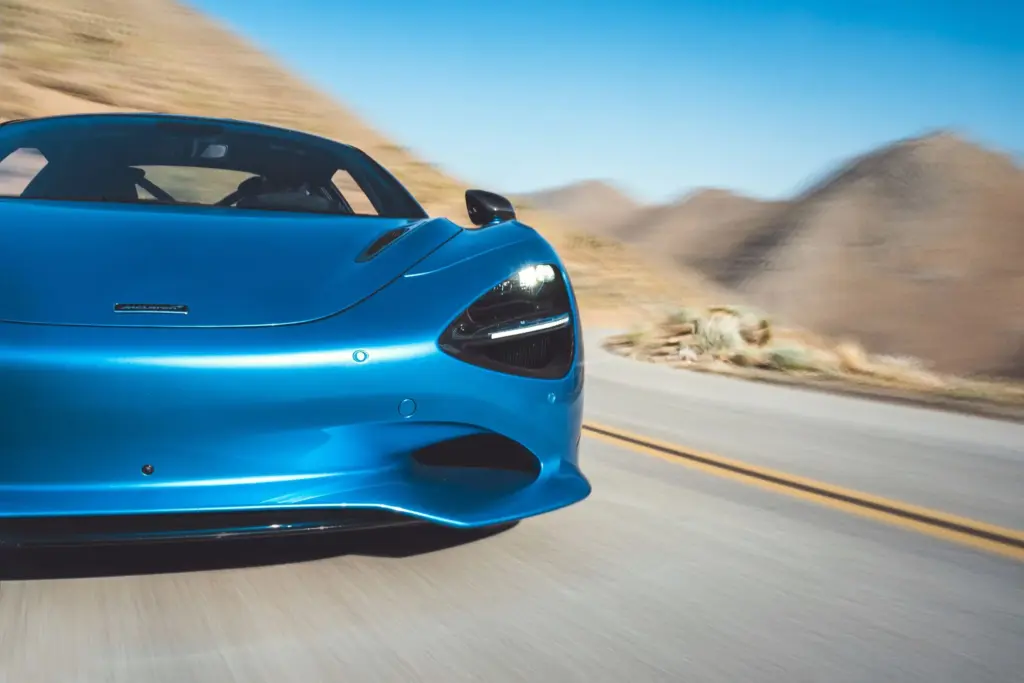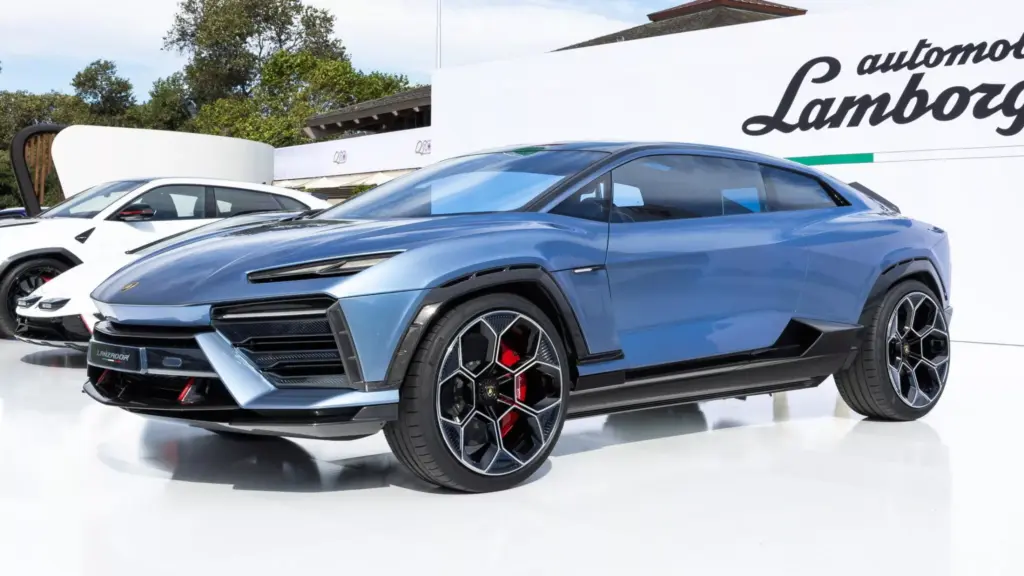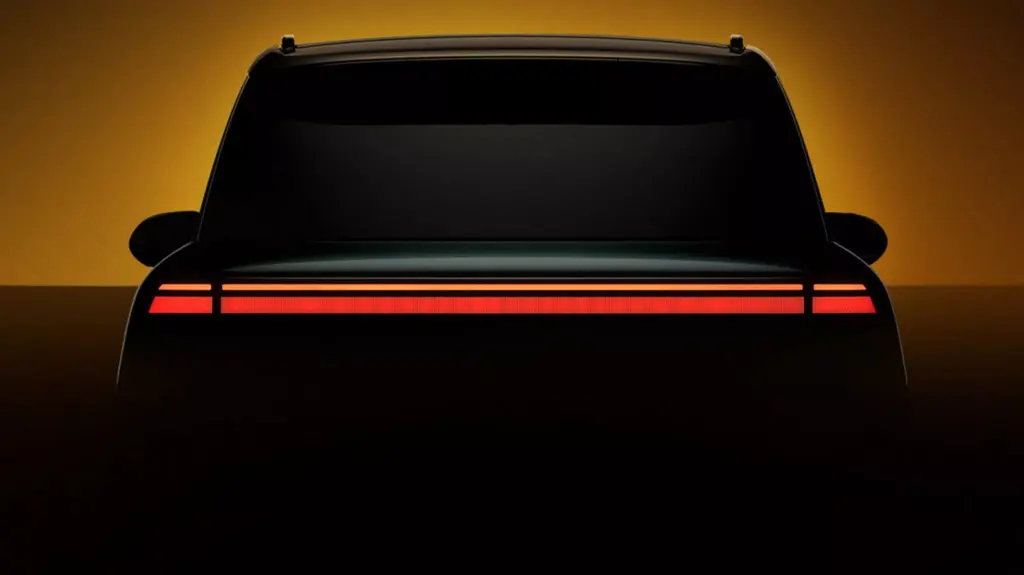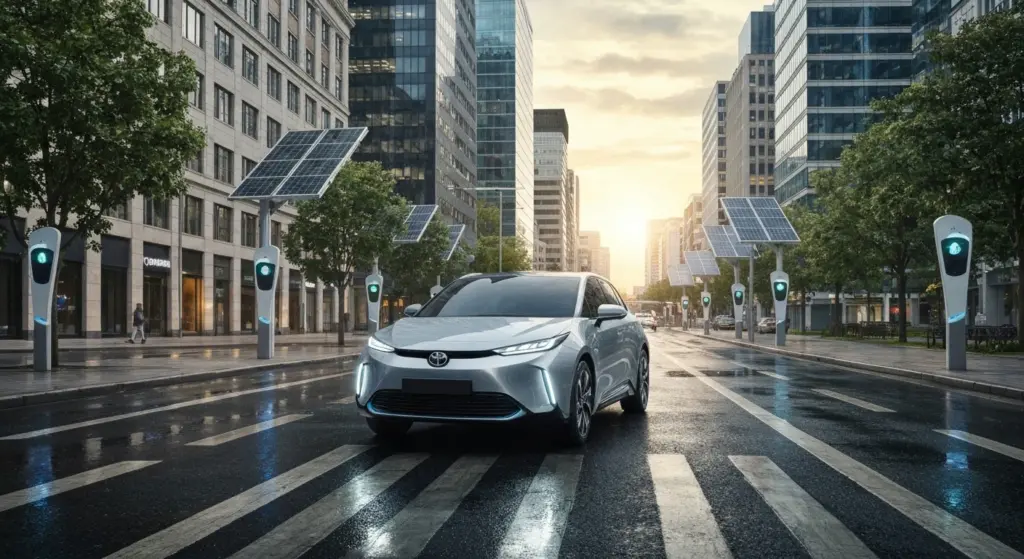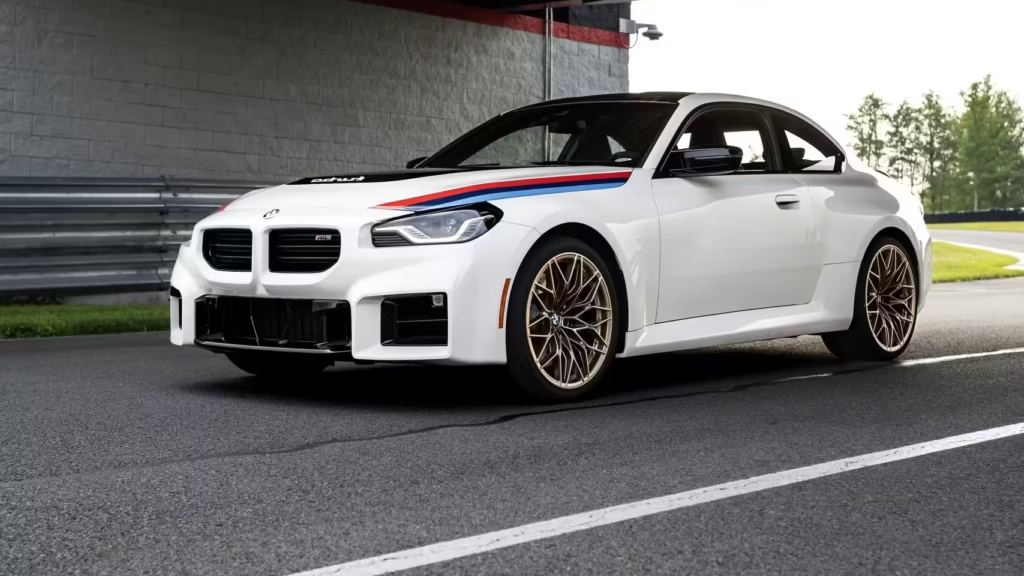The Hyundai Ioniq 5 made a splash in the electric vehicle market, and the 2025 lineup promises to further cement its position. I’ve compiled information from several trusted global sources to bring you a comprehensive analysis of this EV that blends retro design with cutting-edge technology. Ready to dive into the details?
Global Technical Specifications of the Ioniq 5 (2025)
Gathering consistent data from such diverse markets as the US, Japan, China, and Brazil is a challenge but essential to understanding the Ioniq 5’s global positioning. Specifications vary, especially in range (due to EPA and WLTP cycles) and available trims.
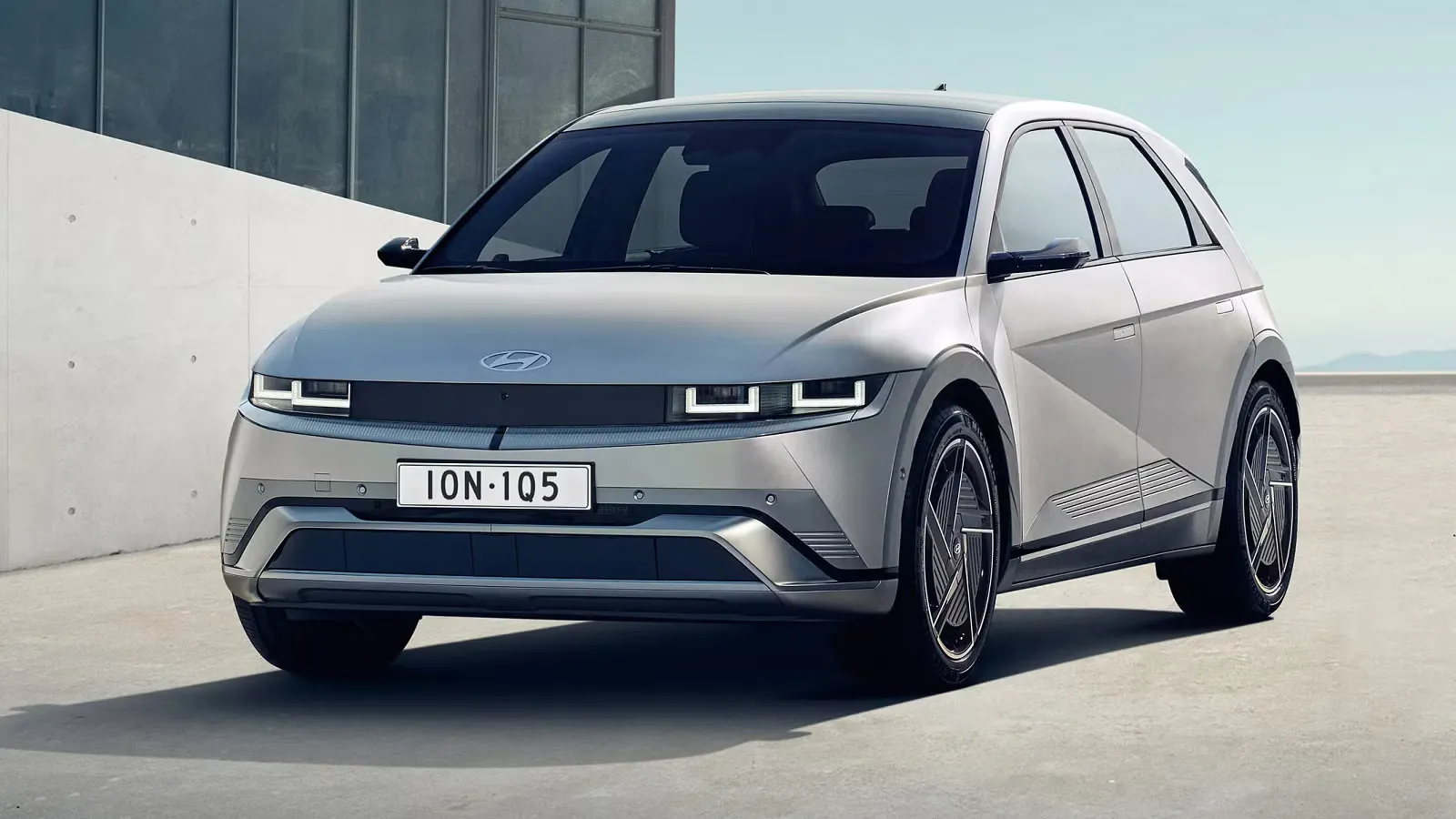
The Ioniq 5 is built on Hyundai’s E-GMP (Electric-Global Modular Platform), known for its 800-Volt architecture. This not only optimizes interior space but also enables impressive charging speeds, a crucial advantage for daily use. This platform is shared with other promising models from the Ioniq lineup.
Detailed Table by Region
| Region / Trim | Battery | Power & Drivetrain | Range | Price (Approx. Converted USD) |
|---|---|---|---|---|
| USA SE Std Range RWD | 63 kWh | 168 hp · RWD | 240 miles (EPA) | $44,075 |
| USA SE Long Range RWD | 84 kWh | 217 hp · RWD | 303 miles (EPA) | $47,375 |
| USA SEL Long Range AWD | 84 kWh | 320 hp · AWD | 256 miles (EPA) | $50,350 |
| Japan Voyage RWD | 84 kWh | ~217 hp · RWD | 280 miles (WLTP)* | $35,430 |
| Japan Lounge AWD | 84 kWh | ~320 hp · AWD | 267 miles (WLTP)* | $41,550 |
| China Ioniq 5 N | 83.3 kWh | 650 hp · AWD | 345 miles (WLTP) | $53,945 |
| Brazil (Expected) | 72.6 kWh* | 305 hp* · AWD* | 311 miles (WLTP)* | Not Disclosed |
*Exact values may vary with options and exchange rates. Sources include Car and Driver and Kakaku.*
Design and Innovations That Define the Future
The Ioniq 5’s “retro-futuristic” look is undeniably one of its biggest assets. The angular lines, pixelated headlights and taillights, and unique proportions create a striking visual identity. The interior follows a minimalist path, with sustainable materials and an open layout that provides a spacious feel.
The ultra-fast charging capability is a game changer. According to Hyundai USA, charging from 10% to 80% in just 18 minutes (using 350 kW chargers) puts the Ioniq 5 ahead of many competitors. This drive for fast charging is a strong trend in the market, as seen in other manufacturers’ developments with their fast-charging technology. The V2L (Vehicle-to-Load) feature, which turns the car into a power source for external devices, adds an extra layer of versatility.

Key Onboard Technologies
- V2L (Vehicle-to-Load): Power your gadgets wherever you are.
- 800V Charging: Ultra-fast recharge.
- Flexible Interior: Sliding center console.
- Level 2+ ADAS: Advanced safety and convenience.
- Optional Augmented Reality Head-Up Display.
Ioniq 5 vs. Rivals: Tesla Model Y and VW ID.4
No vehicle exists in a vacuum, and the Ioniq 5 faces fierce competition. The Tesla Model Y is often the benchmark, known for its intuitive software and expansive Supercharger network.
In a direct comparison, the Ioniq 5 generally holds an advantage in charging speed (800V vs Tesla’s 400V) and offers an interior that feels roomier and features a distinctive design. However, the Model Y still dominates in software ecosystem and overall efficiency in some metrics, according to analyses like those of U.S. News Cars.
Against the Volkswagen ID.4, the Ioniq 5 tends to deliver better acceleration and a more flexible interior architecture, including the “walk-through” space between the front seats. On the other hand, some critics note that the ID.4’s interior finish can seem slightly more refined in certain aspects.
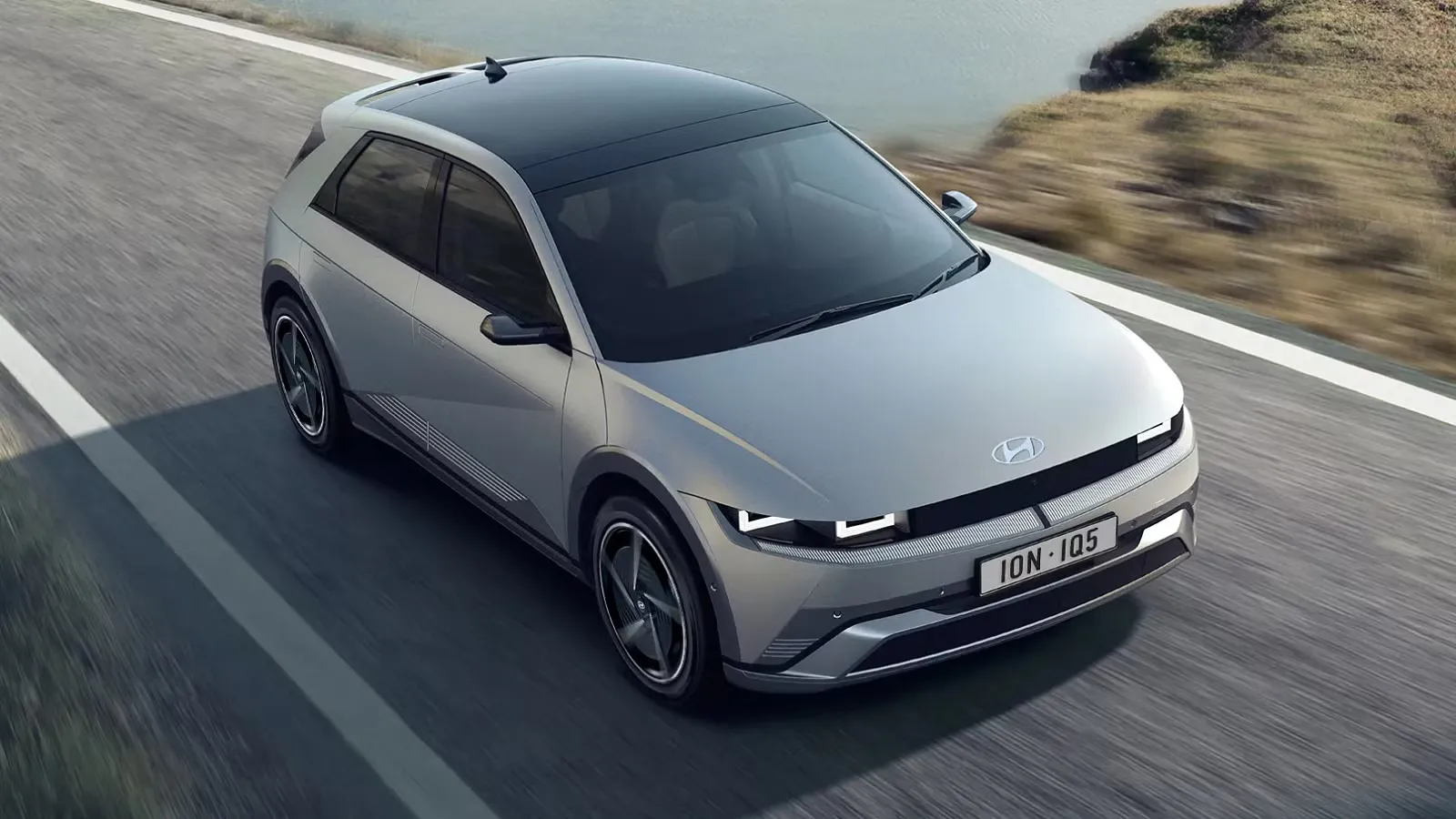
Quick Comparison
| Feature | Hyundai Ioniq 5 | Tesla Model Y | Volkswagen ID.4 |
|---|---|---|---|
| Architecture | 800V | 400V | 400V |
| Fast Charging | Excellent (up to 350 kW) | Very Good (up to 250 kW) | Good (varies) |
| Interior Space | Very Good / Flexible | Very Good | Good |
| Software/Network | Good | Excellent | Good |
Pros, Cons, and What to Consider Before Buying
The Ioniq 5 shines for its solid range across most trims, energy efficiency, and of course, ultra-fast charging. Its distinctive design and modular interior space are major highlights that set it apart from more conventional options or other EVs like the Tesla Model 3.
On the downside, the availability of 800V public chargers remains limited in many regions, which can hinder making full use of its charging capacity. Higher-end trims, especially AWD versions, may command a premium price, and some drivers might find the suspension a bit firm, prioritizing driving dynamics over absolute comfort.
Key Points
- Pros: Range, Fast Charging, Design, Space.
- Cons: Limited 800V Network, High Price (top trims), Firm Suspension.
Reliability and Regional Variations
It’s crucial to note the discrepancies between markets. In China, for example, Hyundai appears to initially focus on the high-performance Ioniq 5 N version, which explains the lack of price data for base trims in that market. The arrival in Brazil is still uncertain in terms of final price and exact launch date, though the AWD version with a mid-sized battery is the most anticipated.
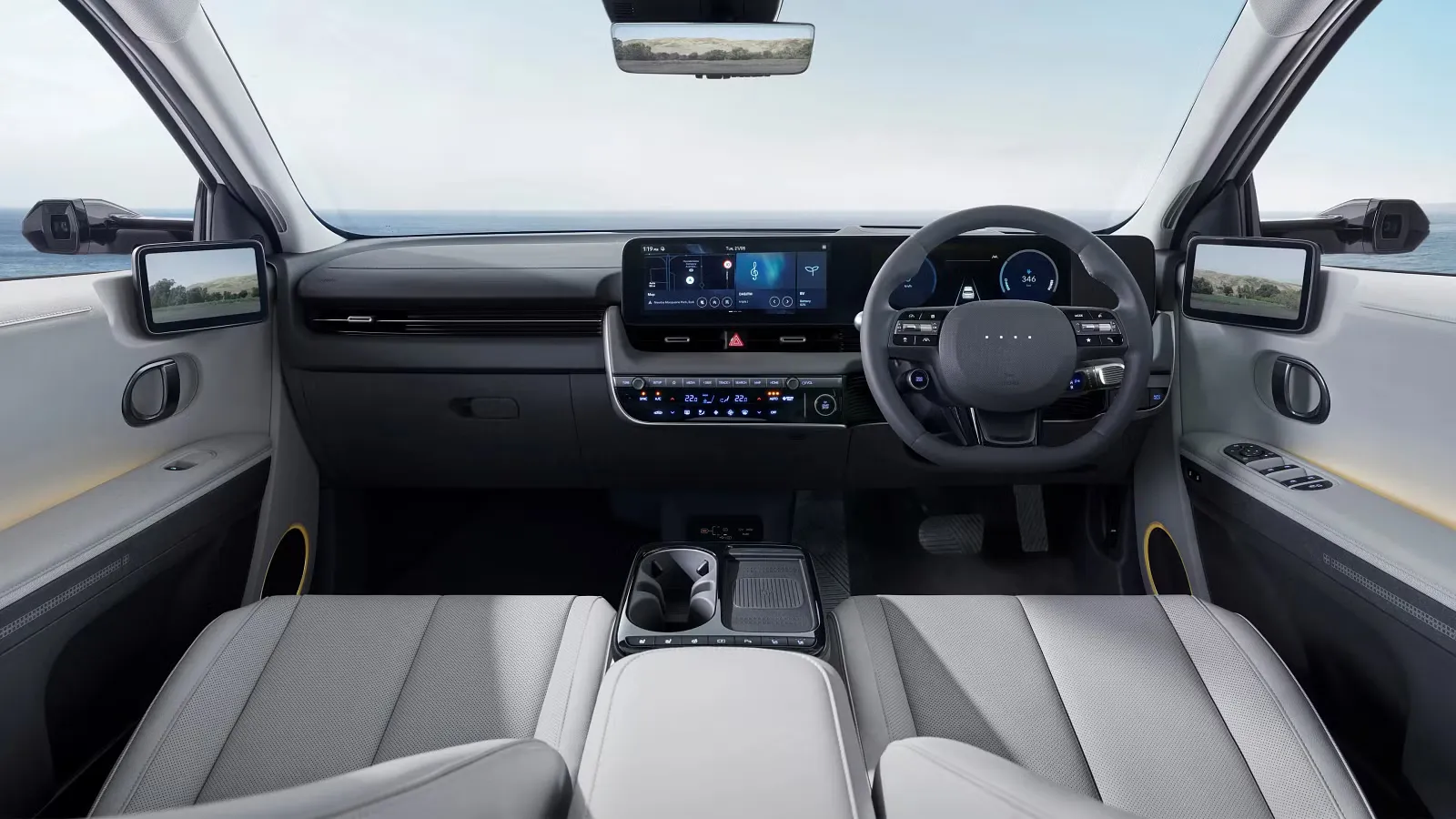
Another important point is the difference in range measurement cycles. The WLTP cycle (used in Europe and Asia) generally yields range numbers about 15% higher than the EPA cycle (used in the US). When comparing models from different regions, always keep this in mind for a realistic expectation.
Frequently Asked Questions (FAQ) about the 2025 Ioniq 5
Answering Your Questions
- What is the charging time for the Hyundai Ioniq 5? Using ultra-fast chargers (350 kW DC), you can go from 10% to 80% in about 18 minutes. On 11 kW AC chargers, it takes several hours (depending on the battery).
- Will the 2025 Ioniq 5 be sold in Brazil? Hyundai has confirmed its intention to import the Ioniq 5 to Brazil, likely in the AWD version with a 72.6 kWh battery, but the official price and launch date have not yet been announced.
- How does the Ioniq 5 compare to the Tesla Model Y? The Ioniq 5 offers faster charging and distinctive design. The Model Y leads in proprietary charging network (Superchargers) and integrated software.
- What is V2L (Vehicle-to-Load) technology? It’s a feature that allows the car’s battery to power external electrical devices like laptops, coffee makers, or even another electric vehicle, with up to 3.6 kW output.
- What are the main updates in the 2025 Ioniq 5? The 2025 lineup introduced updates like a larger battery (84 kWh in Long Range trims), a new infotainment system, a rear window wiper (finally!), and in some markets, adaptation to Tesla’s NACS charging standard.
Looking at all the data, the 2025 Hyundai Ioniq 5 establishes itself as one of the most interesting and complete options in the electric SUV segment. Its bold design, cutting-edge charging technology, and spacious interior are powerful selling points. Regional variations and charging infrastructure remain areas to watch, but the overall package is extremely competitive and points toward an electrified future with style and practicality.
What do you think about the 2025 Hyundai Ioniq 5? Share your opinion in the comments below!
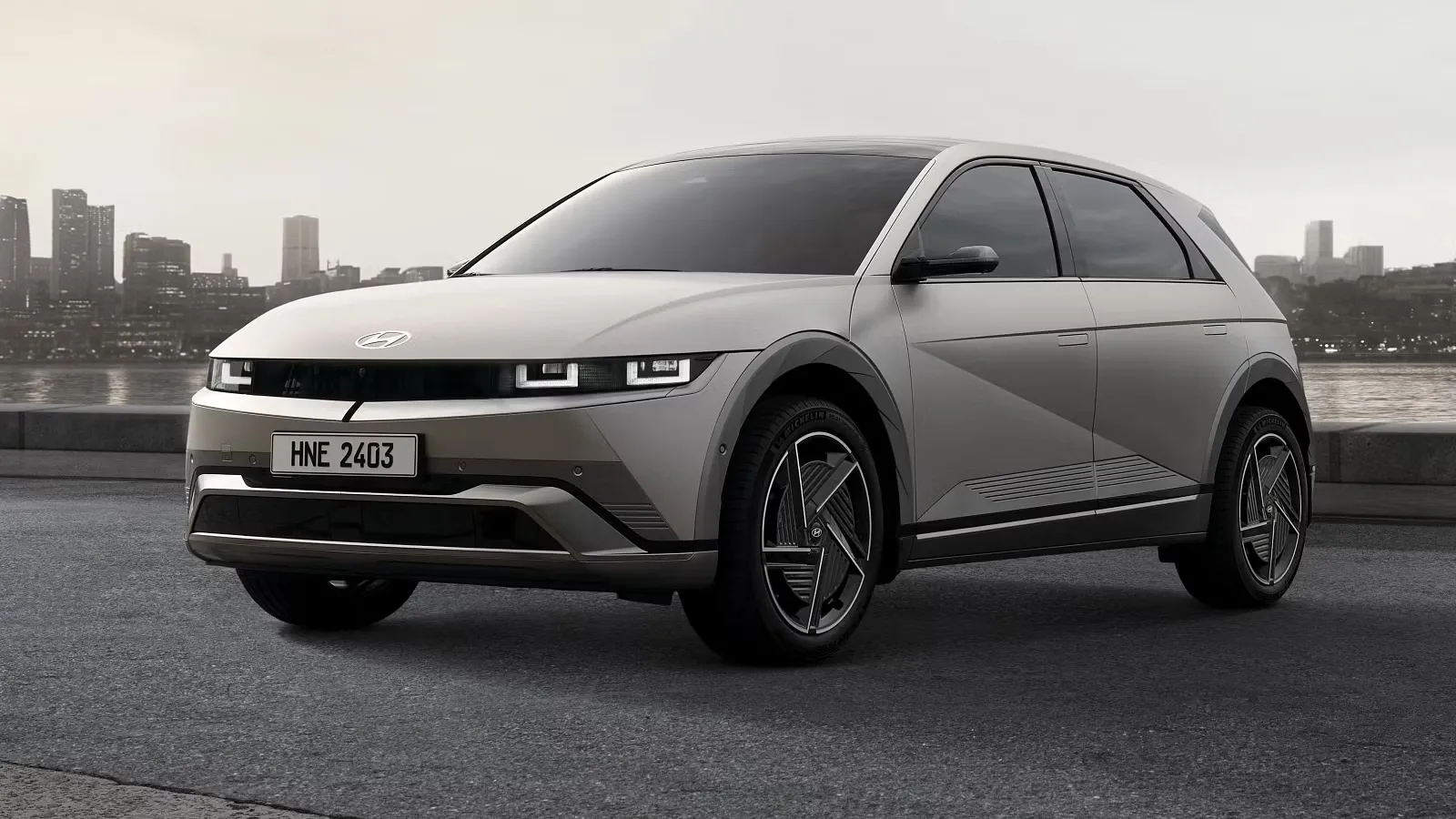



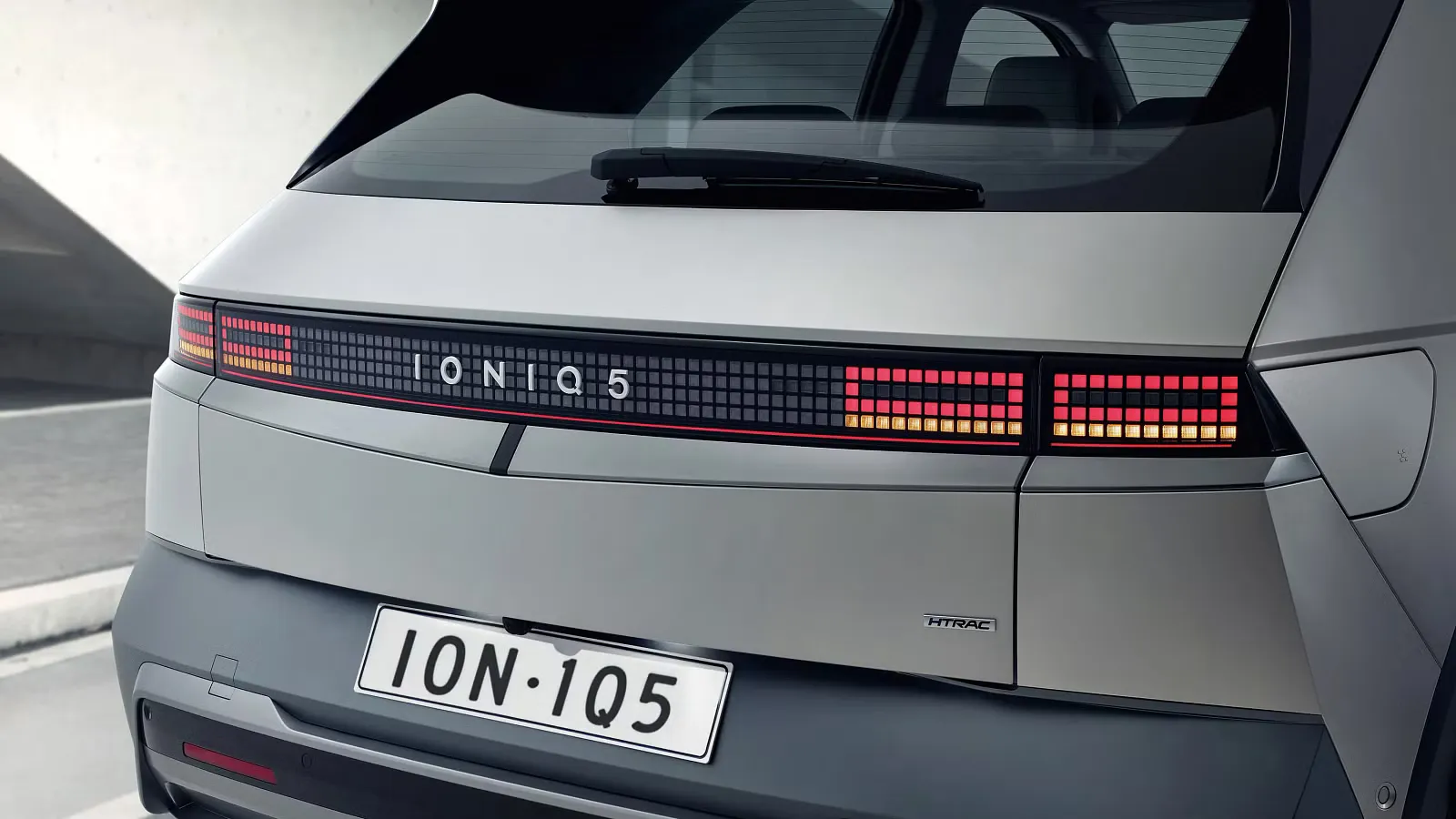
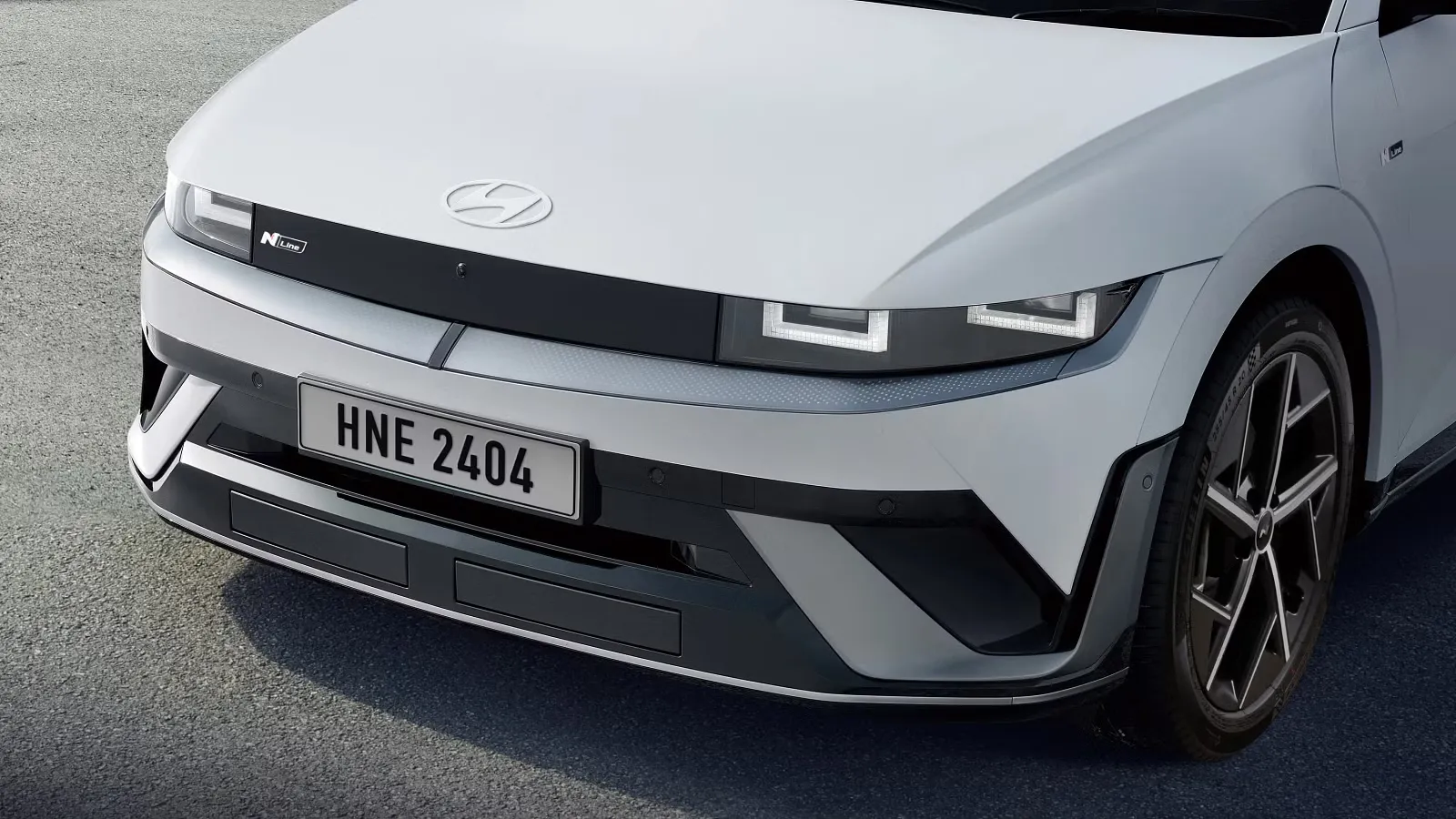
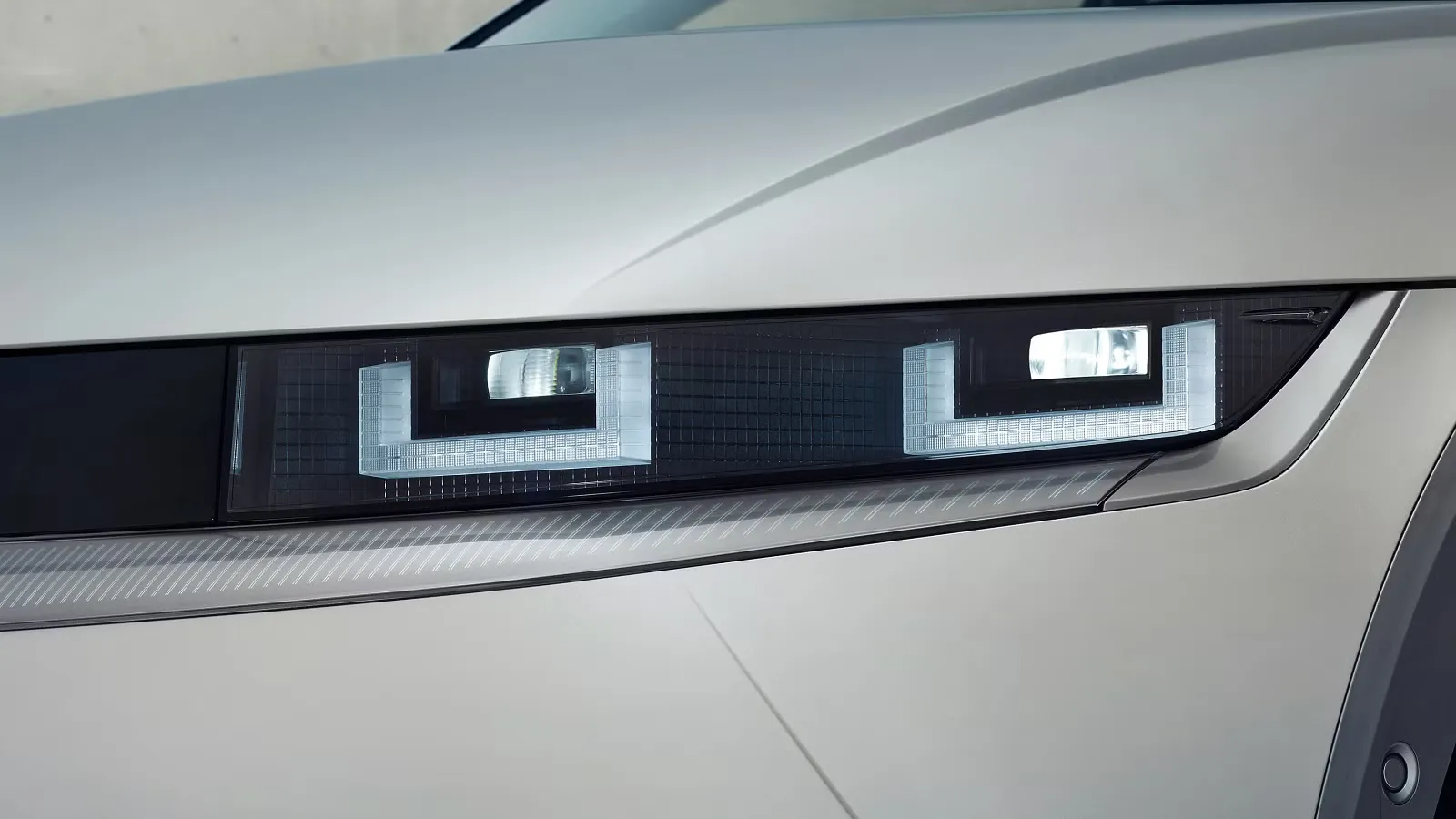
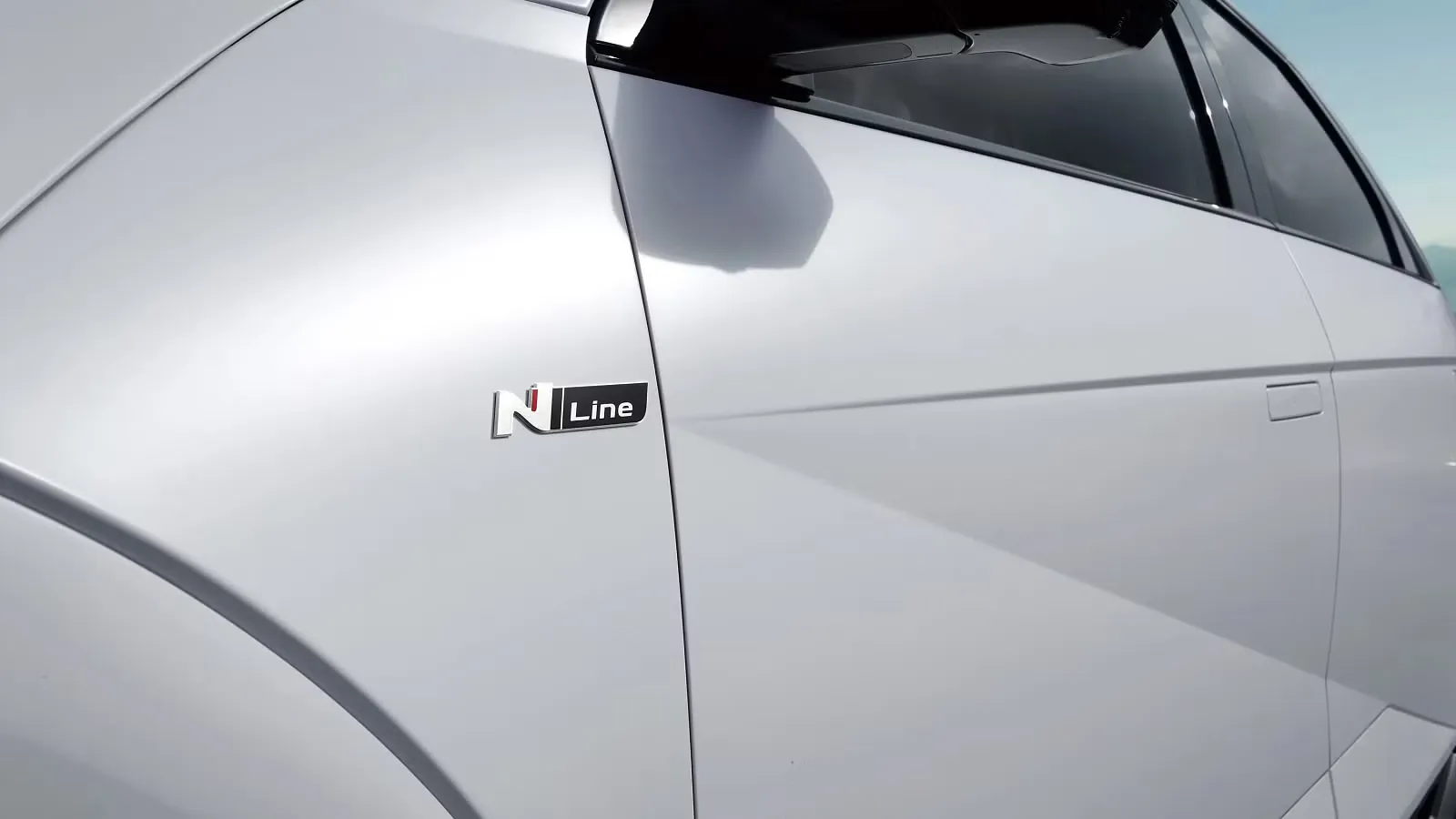
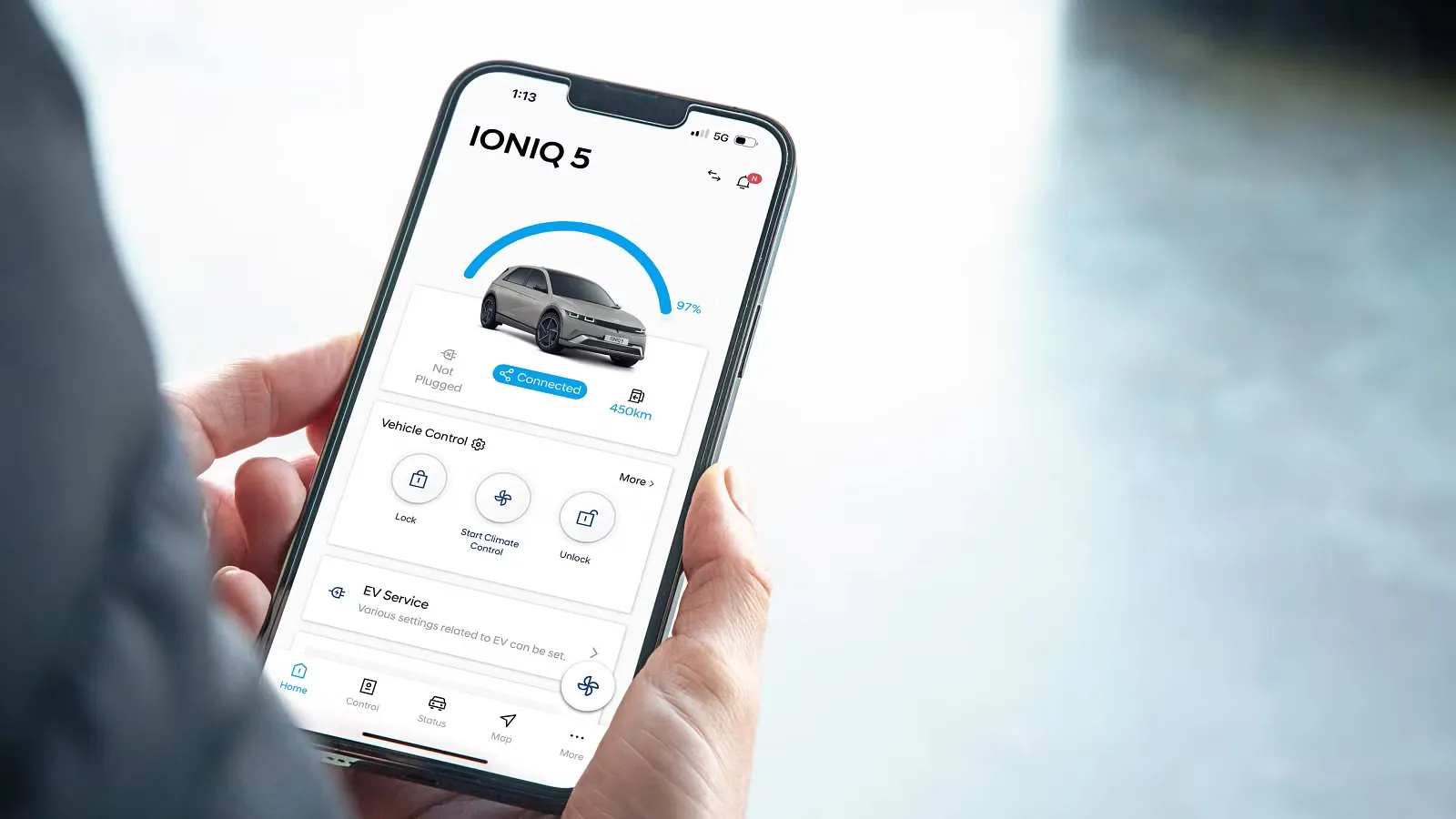

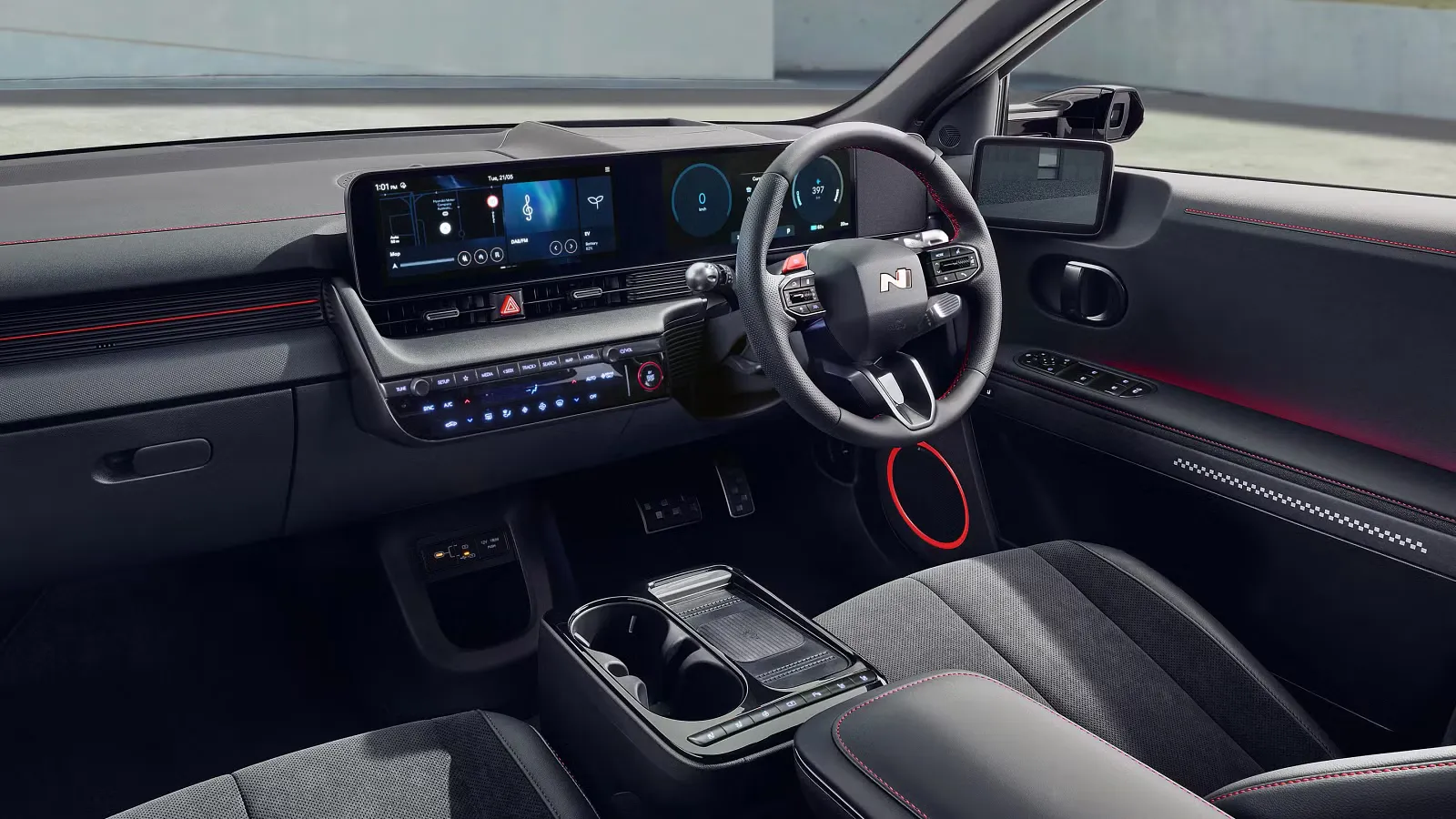
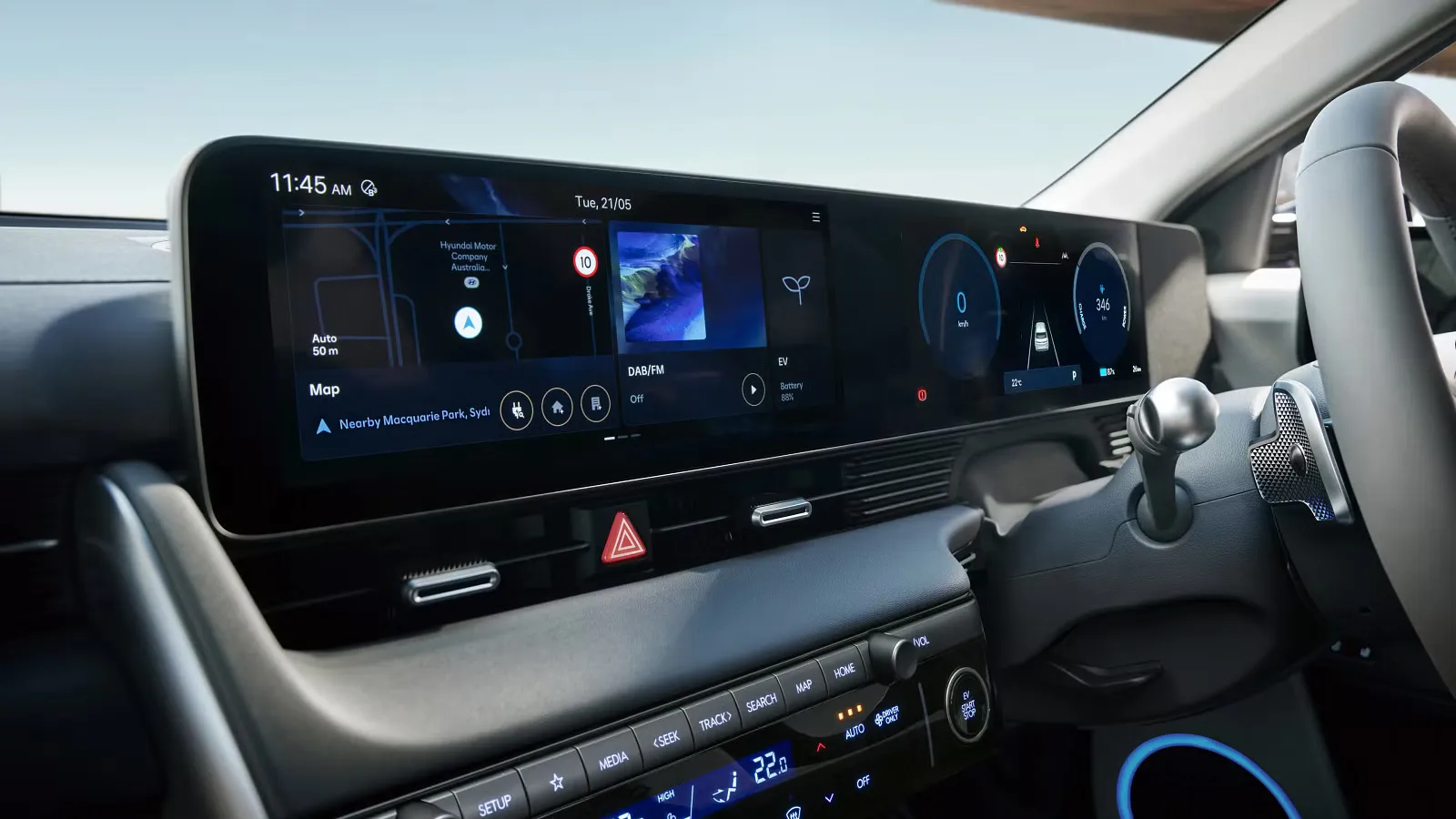

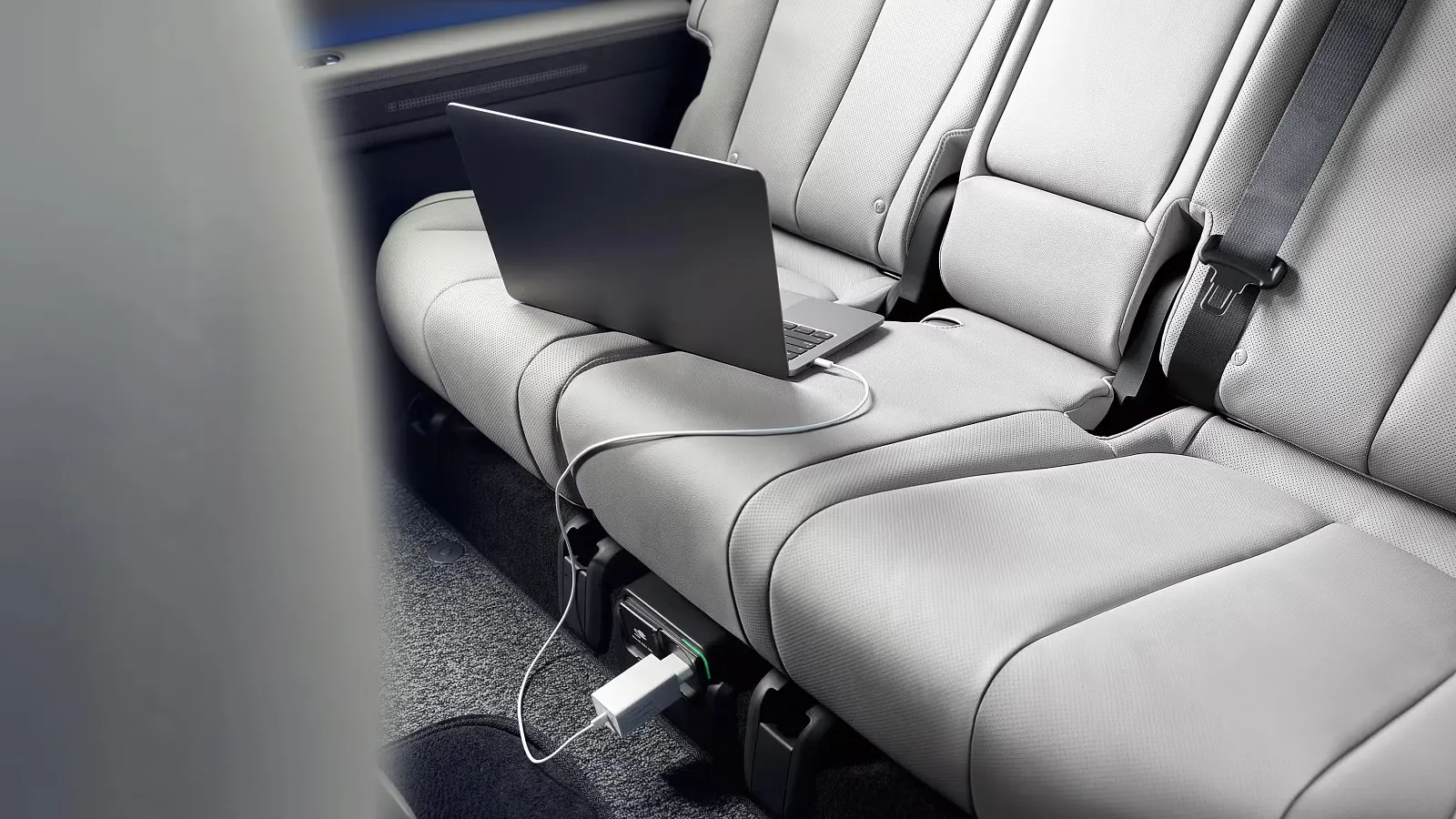
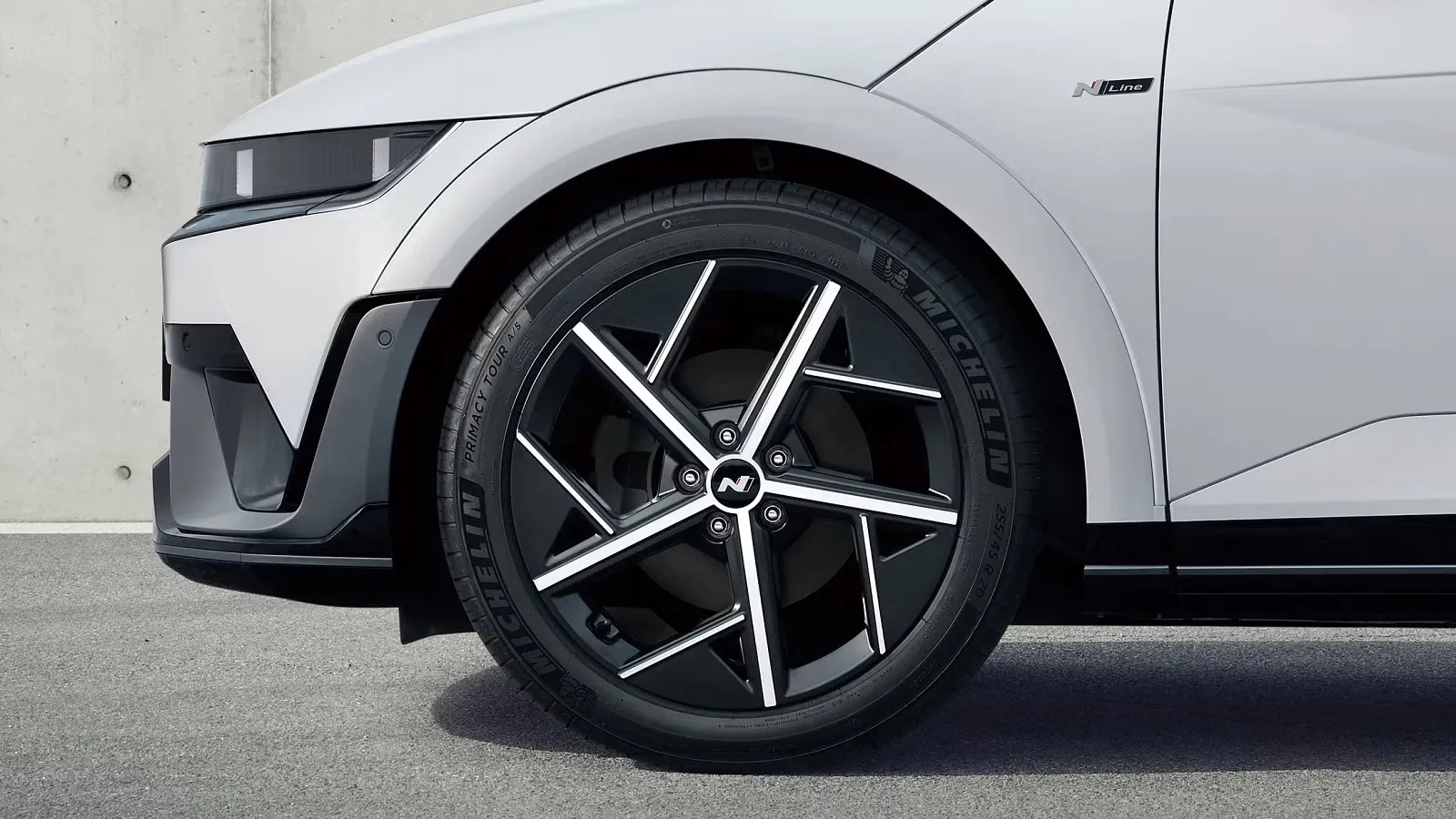
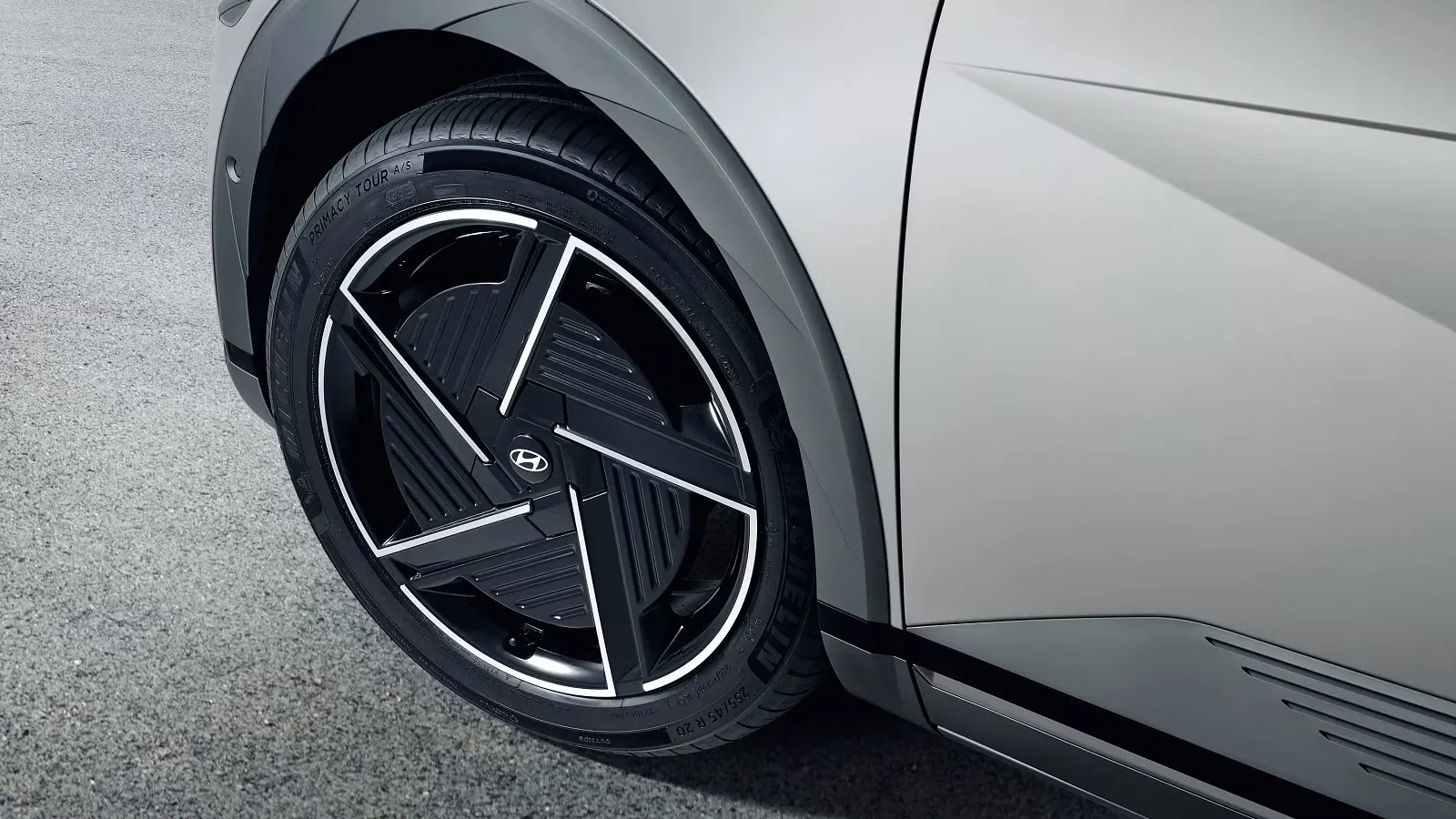
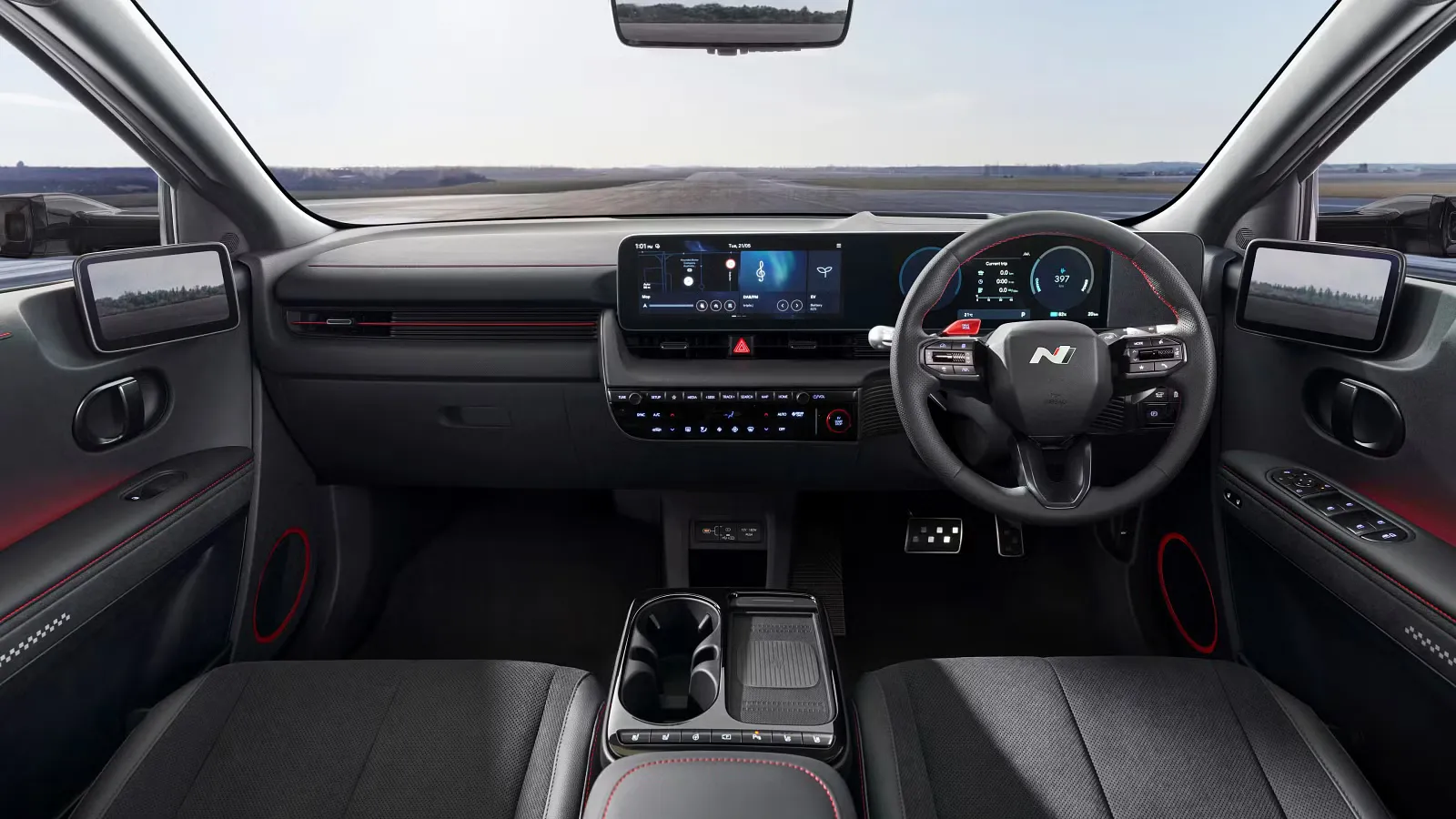
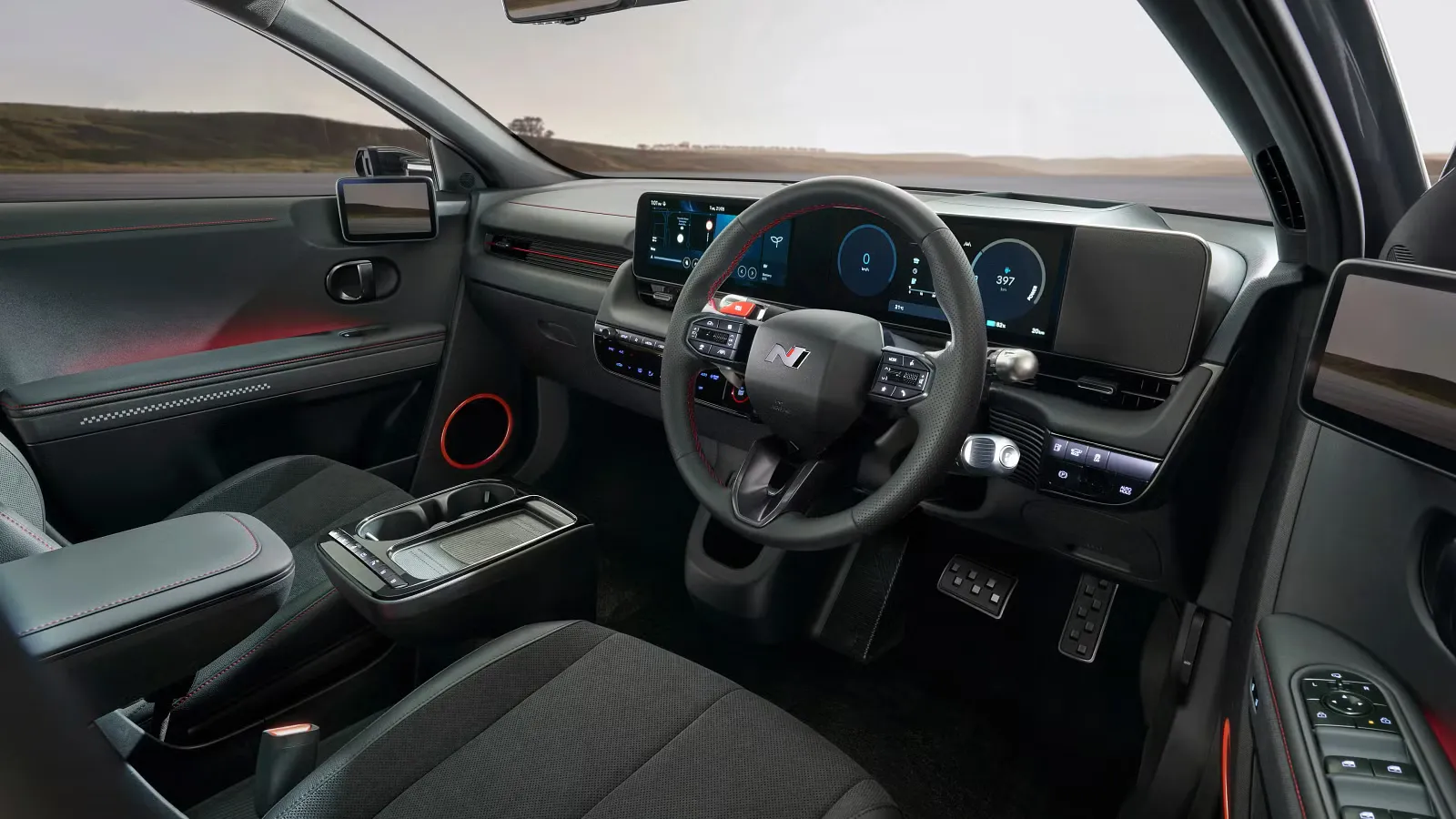
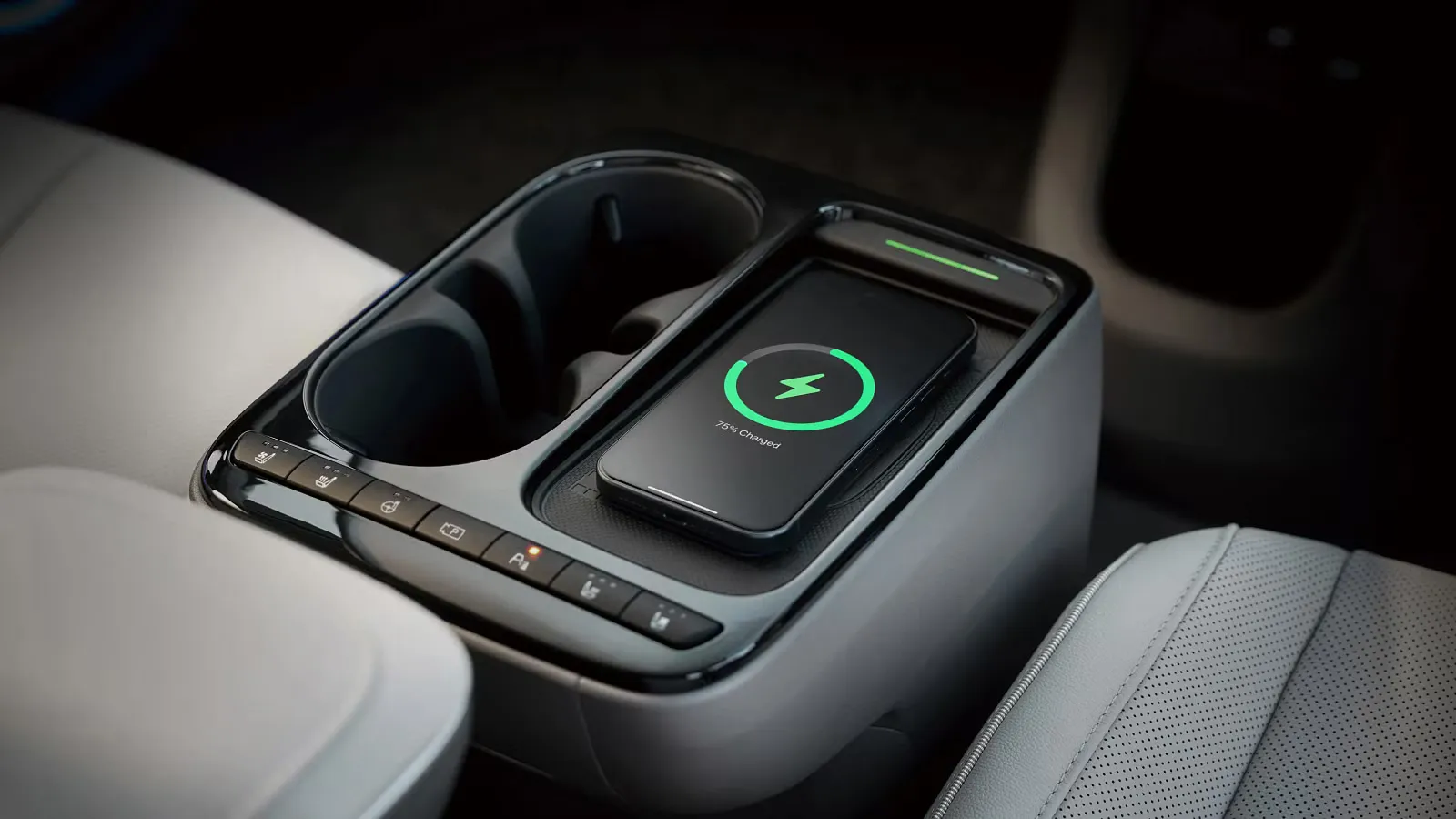
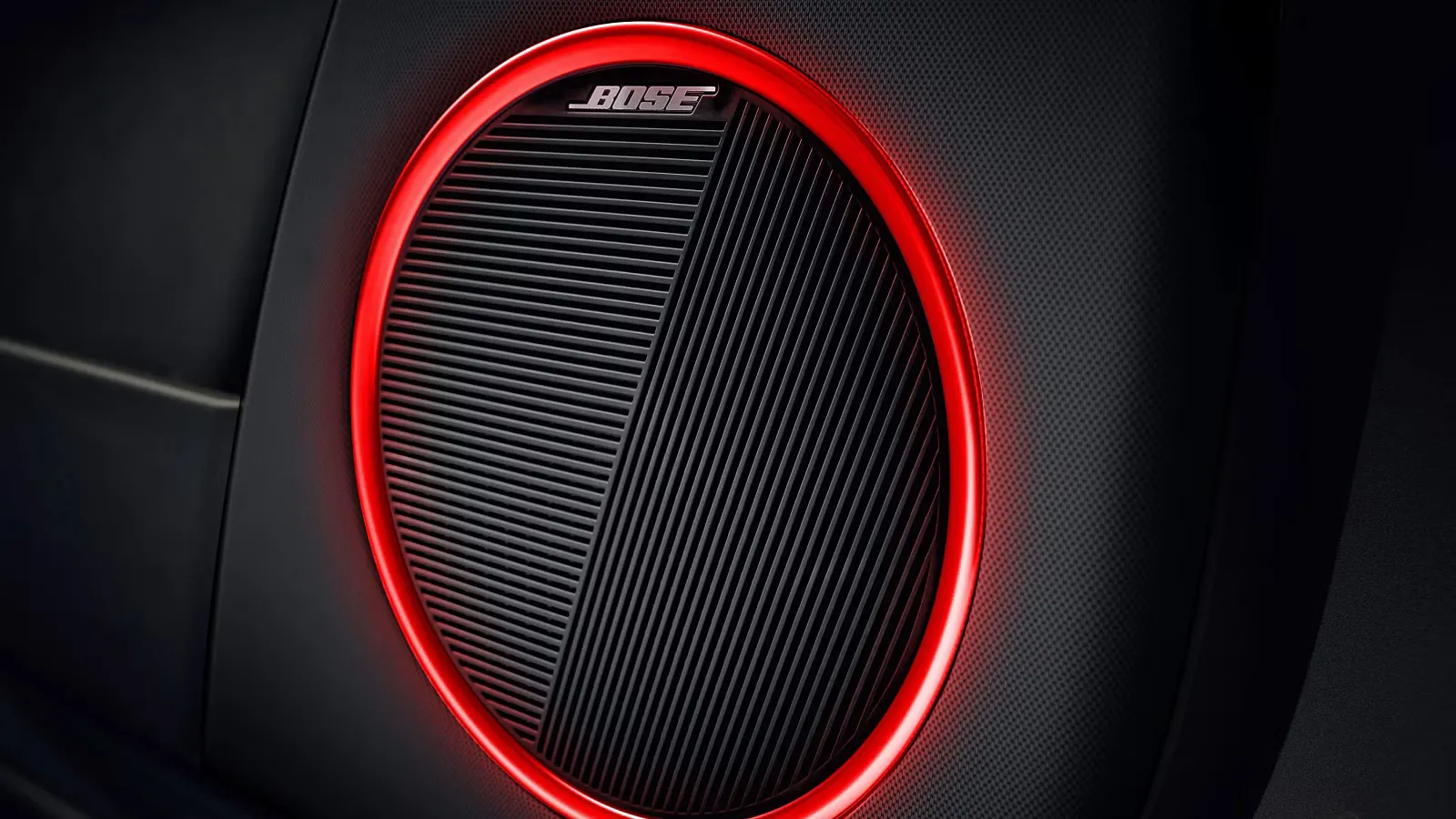
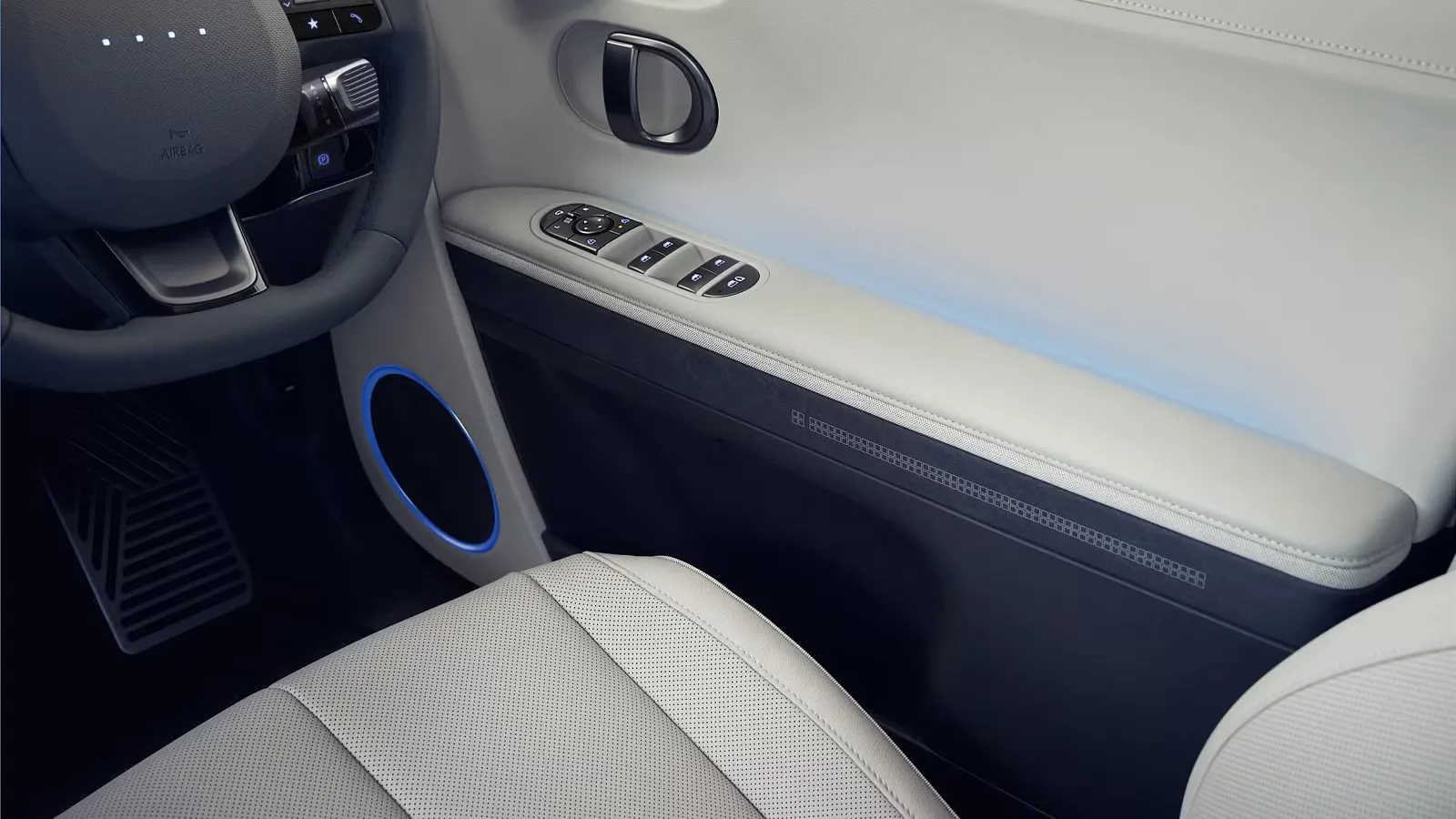

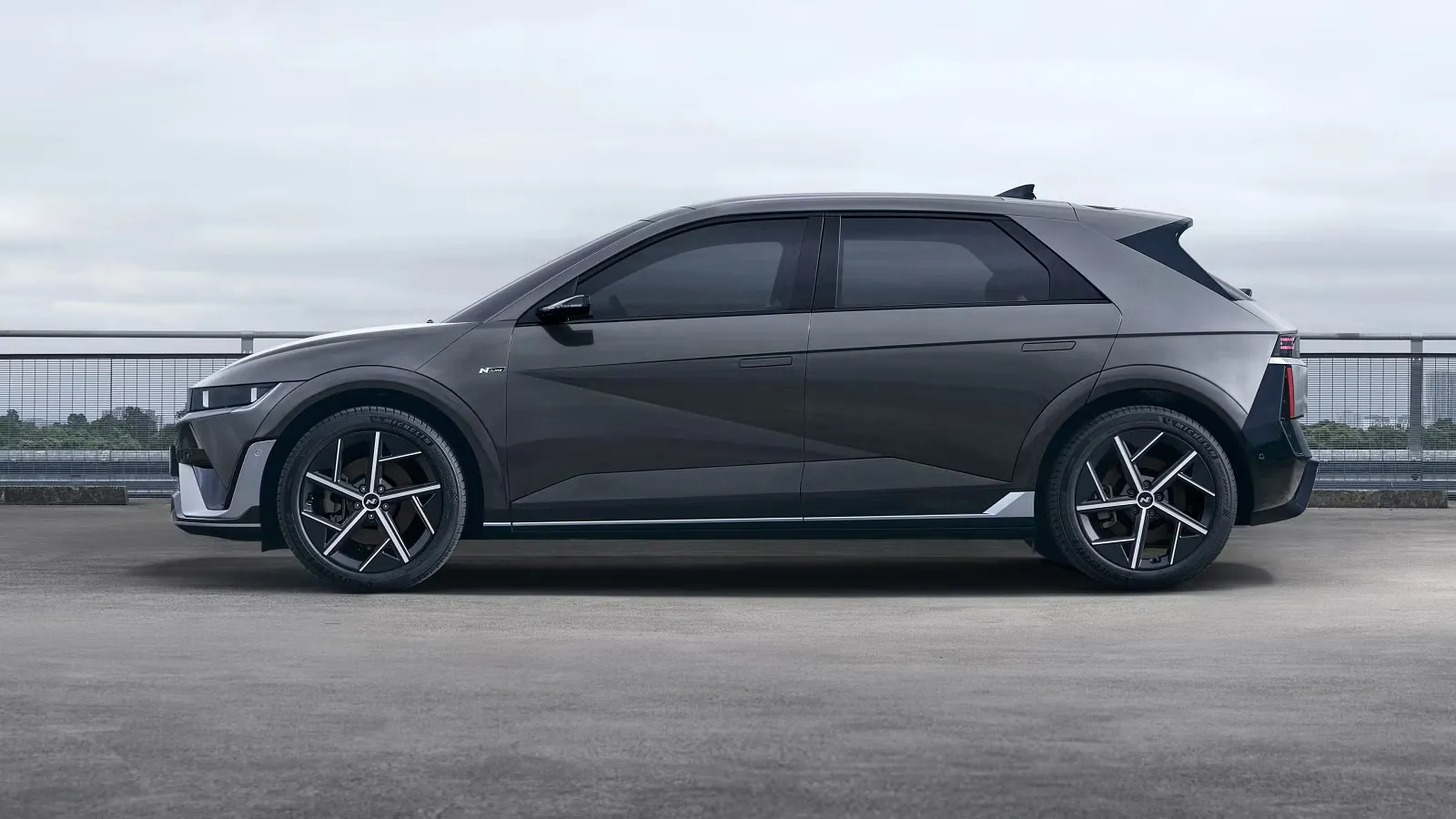
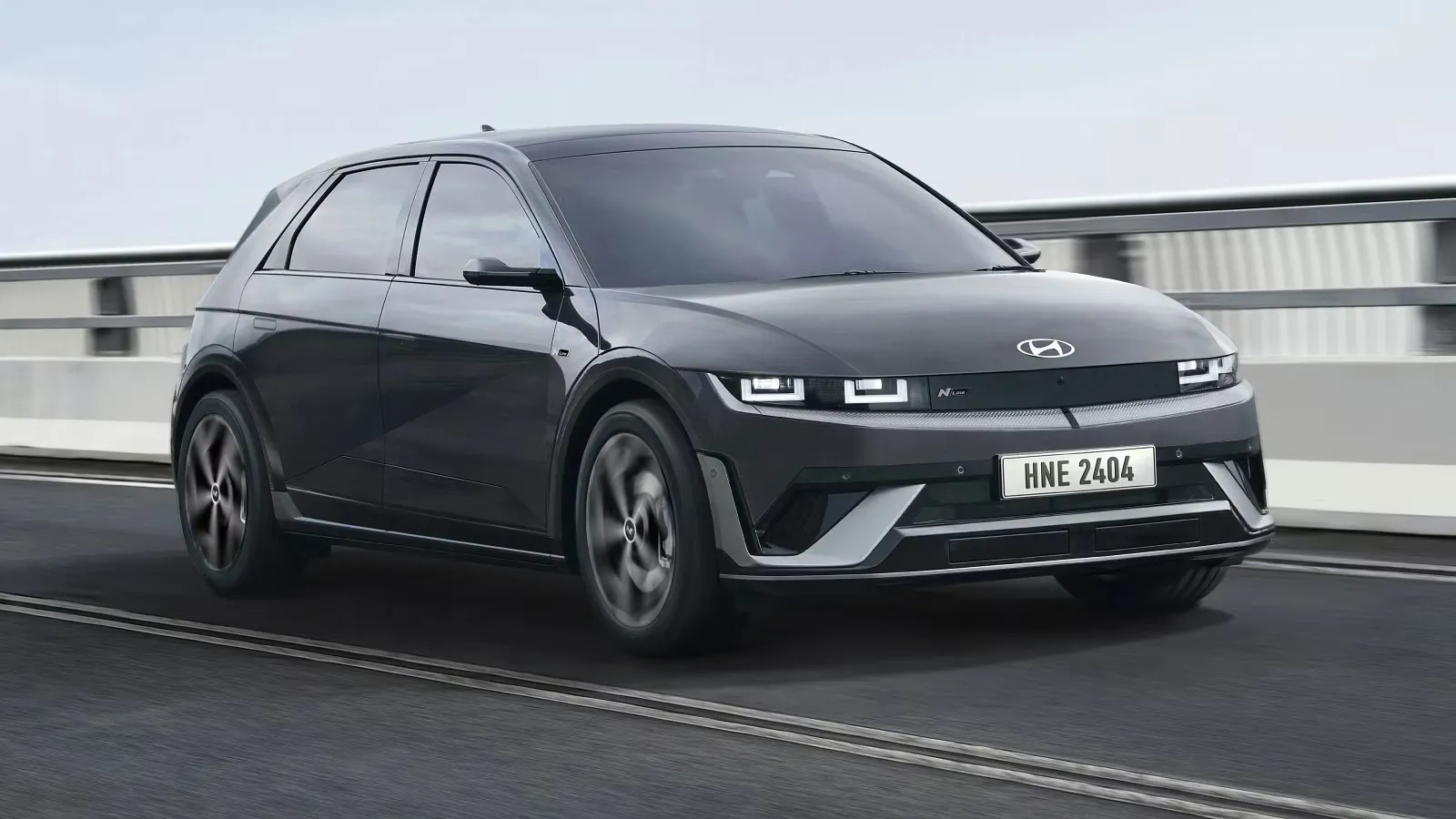
Author: Fabio Isidoro
Founder and editor-in-chief of Canal Carro, he dedicates himself to exploring the automotive universe with depth and passion. A car and technology enthusiast, he produces technical content and in-depth analyses of national and international vehicles, combining quality information with a critical eye for the public.

